Advantages of Choosing Grafted Hibiscus Plant
The hibiscus is one of the most popular flowering plants around the world, known for its vibrant blossoms, cultural symbolism, and ornamental value. Over the years, plant breeders and gardeners have experimented with different methods to enhance the hibiscus plant’s beauty, resilience, and productivity. One of the most effective techniques that has emerged is grafting. A grafted hibiscus plant, often called a grafted “Nabiscus” in some regions, combines the best qualities of different hibiscus varieties into one plant.
By grafting, a hardy and disease-resistant rootstock is joined with a desirable flowering variety, producing a plant that grows stronger, flowers longer, and lives healthier than traditional hibiscus plants. Whether for home gardening, commercial landscaping, or greenhouse cultivation, grafted hibiscus plants bring unique advantages that make them a superior choice.
In this article, we will explore the key advantages of choosing grafted hibiscus plants, ranging from improved growth and flowering performance to disease resistance, versatility, and aesthetic appeal.
Choosing a grafted hibiscus (Nabiscus) plant offers gardeners, landscapers, and commercial growers a wealth of benefits.
1. Stronger and Healthier Growth
One of the biggest advantages of grafted hibiscus plants is their superior growth strength compared to non-grafted varieties. The rootstock used in grafting is usually selected for its vigorous growth and ability to adapt to different soil types. This means the grafted plant can absorb water and nutrients more efficiently, resulting in:
Faster growth during the early stages
Stronger stems and leaves
Greater resilience in challenging conditions
For gardeners, this translates into a more reliable and robust plant that thrives with less effort. Even in less fertile soils, grafted hibiscus plants often outperform those grown from seeds or cuttings.
2. Longer Flowering Seasons
Hibiscus flowers are loved for their bright, eye-catching colors and large, attractive blooms. However, one limitation of regular hibiscus plants is that their flowering season may be shorter. Grafted hibiscus plants, on the other hand, tend to produce flowers for a longer duration throughout the year.
Because the graft combines a hardy rootstock with a flowering scion (the top part of the plant chosen for its blooms), the overall energy distribution improves. The plant can focus more on producing flowers rather than struggling to survive. As a result:
Flowers appear earlier in the season
Blooming continues for a longer time
The plant consistently produces larger and more vibrant flowers
This extended flowering season makes grafted hibiscus plants an ideal choice for home gardens, parks, and ornamental landscapes.
3. Greater Variety in One Plant
Another exciting advantage of grafted hibiscus plants is the possibility of multiple flower colors on a single plant. Skilled gardeners can graft more than one hibiscus variety onto the same rootstock, creating a plant that produces blooms of different shades and styles.
For example, you might find a single grafted hibiscus with red, yellow, and pink flowers on the same plant. This unique feature is not only visually stunning but also a space-saving option for small gardens and balconies.
4. Increased Disease and Pest Resistance
Pests and diseases are common challenges for hibiscus growers. Root rot, fungal infections, and insect infestations often weaken traditional hibiscus plants. By contrast, grafted hibiscus plants are much more resistant to these problems because the rootstock is carefully selected for its disease resistance and durability.
Benefits include:
Reduced risk of soil-borne diseases
Stronger immunity against fungal infections
Less susceptibility to root-knot nematodes and harmful insects
This resistance means less need for chemical pesticides, making grafted hibiscus plants more environmentally friendly and cost-effective in the long run.
5. Adaptability to Different Soils and Climates
One of the challenges of growing hibiscus is that not all varieties thrive in every type of soil or climate. Some hibiscus plants prefer sandy soil, while others grow better in loamy conditions. Grafted hibiscus plants, however, adapt better to different soils and climates because their rootstock is chosen for versatility.
This adaptability allows gardeners to grow hibiscus in regions where it might not otherwise flourish. From hot tropical climates to moderately cooler zones, grafted hibiscus can withstand a wider range of conditions, making them an excellent option for global cultivation.
6. Space-Saving and Decorative Benefits
For people living in urban areas with limited garden space, grafted hibiscus plants are a blessing. Because they can produce multiple colors of flowers on a single plant, they reduce the need for planting many different hibiscus varieties separately. This makes them ideal for:
Small home gardens
Apartment balconies
Rooftop gardens
Indoor decorative pots
Their striking, multi-colored flowers add charm and beauty to compact spaces while maximizing the use of available area.
Note:Choosing a grafted hibiscus (Nabiscus) plant offers gardeners, landscapers, and commercial growers a wealth of benefits.
7. Faster Maturity and Flowering
One drawback of hibiscus grown from seeds is the long waiting period before the plant matures enough to produce flowers. In contrast, grafted hibiscus plants flower much sooner. Since the scion is already a mature piece of a flowering variety, it requires less time to adapt and start blooming.
This early flowering advantage makes grafted hibiscus plants popular among commercial growers and nurseries because they can be sold with attractive blooms much earlier.
8. Economic and Commercial Benefits
For commercial flower growers and nurseries, grafted hibiscus plants offer excellent economic advantages. Because they grow faster, flower longer, and resist diseases, they require fewer maintenance costs and provide higher returns on investment. Nurseries can also market grafted hibiscus plants as premium varieties, often fetching higher prices than regular hibiscus plants.
In landscaping projects, grafted hibiscus plants help reduce replacement costs since they live longer and remain healthier under various conditions.
9. Environmental Sustainability
Since grafted hibiscus plants are more resilient and pest-resistant, they require fewer chemical treatments. This contributes to a more sustainable gardening practice, reducing harmful pesticide use and conserving soil health. Additionally, their adaptability helps in urban greening projects, improving air quality and promoting biodiversity.
10. Long-Term Durability
Grafted hibiscus plants are not only strong but also long-lasting. Their combined genetic strengths ensure that they can survive and thrive for many years with proper care. Gardeners benefit from a plant that continues to enhance the landscape for a longer time without frequent replanting.
11. Aesthetic and Ornamental Value
Above all, grafted hibiscus plants are chosen for their outstanding beauty. Their large, colorful, and sometimes multi-shaded flowers make them an instant centerpiece in any garden or interior setting. The unique combination of resilience, longer blooming periods, and varied colors ensures that grafted hibiscus plants always attract admiration.
Whether planted in home gardens, resorts, hotels, or city parks, they add elegance and charm to the surroundings.
12. Easy Maintenance
Another practical advantage of grafted hibiscus plants is their ease of maintenance. Since they are hardier and more resistant to pests, they require less attention compared to delicate hibiscus varieties. Basic care practices such as watering, pruning, and occasional fertilization are usually enough to keep them healthy and flowering beautifully.
Conclusion
Choosing a grafted hibiscus (Nabiscus) plant offers gardeners, landscapers, and commercial growers a wealth of benefits. From stronger growth and adaptability to extended flowering seasons, pest resistance, and stunning ornamental value, grafted hibiscus plants stand out as a superior choice over traditional varieties.
They save time, reduce maintenance costs, and bring unmatched beauty to gardens, balconies, and landscapes. For anyone looking to enjoy the maximum rewards from hibiscus cultivation, investing in grafted plants is a wise and lasting decision.
By embracing grafted hibiscus plants, we not only enjoy their vibrant colors and resilience but also contribute to more sustainable and innovative gardening practices.
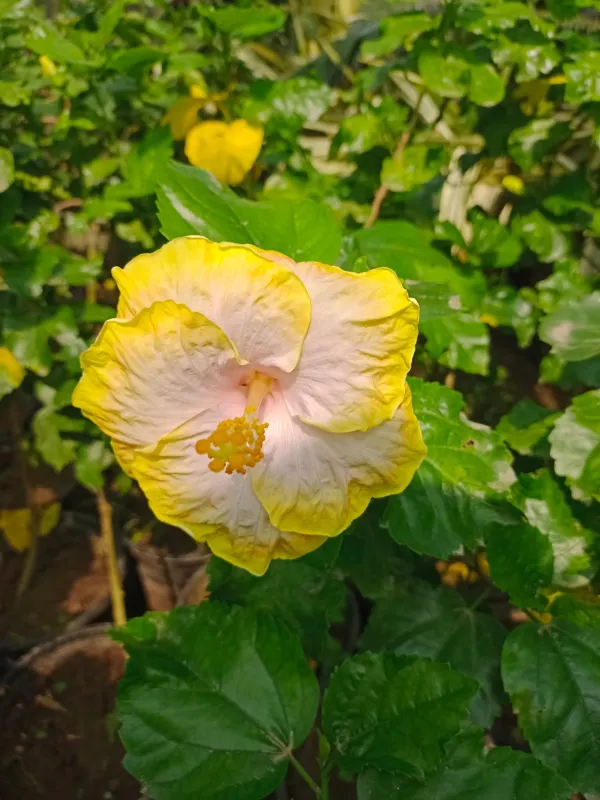
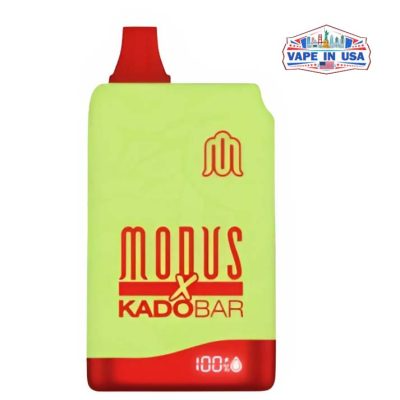
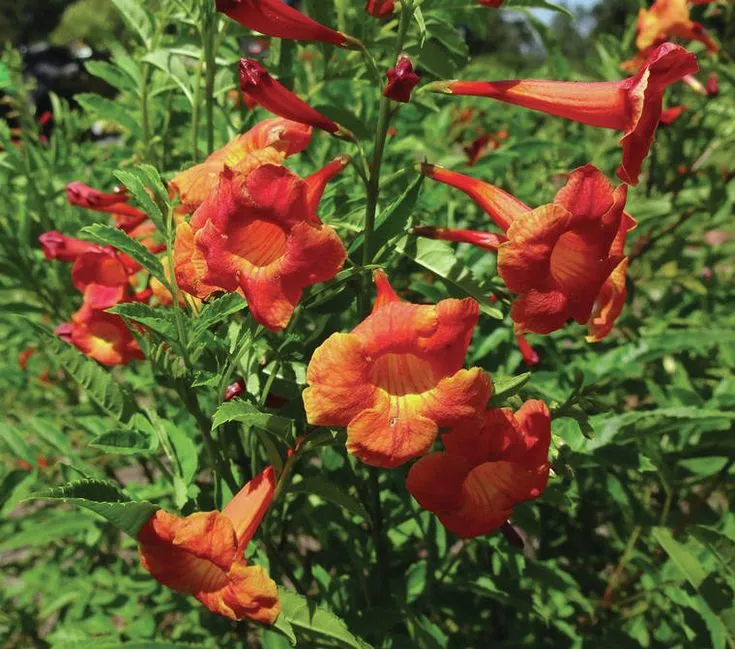

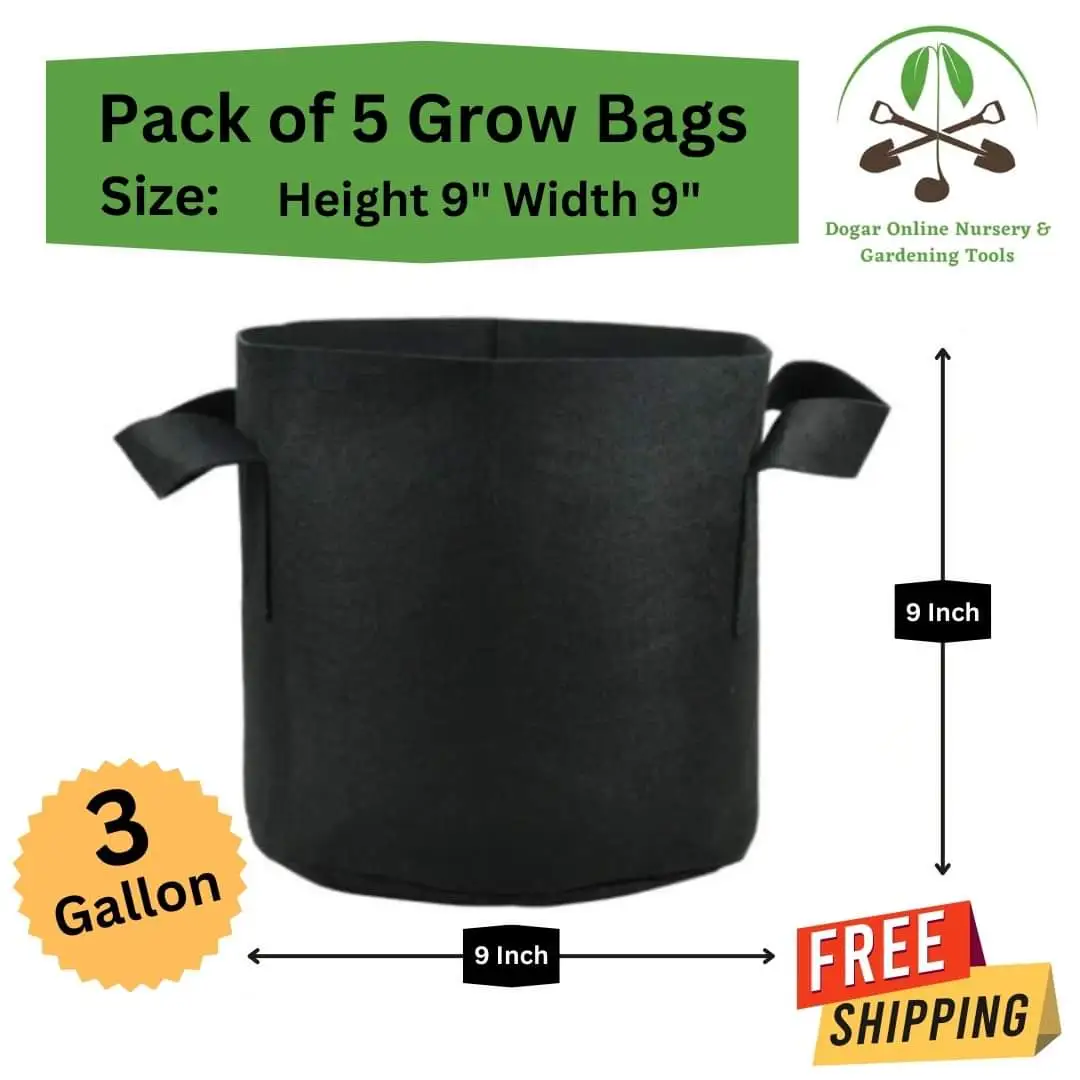

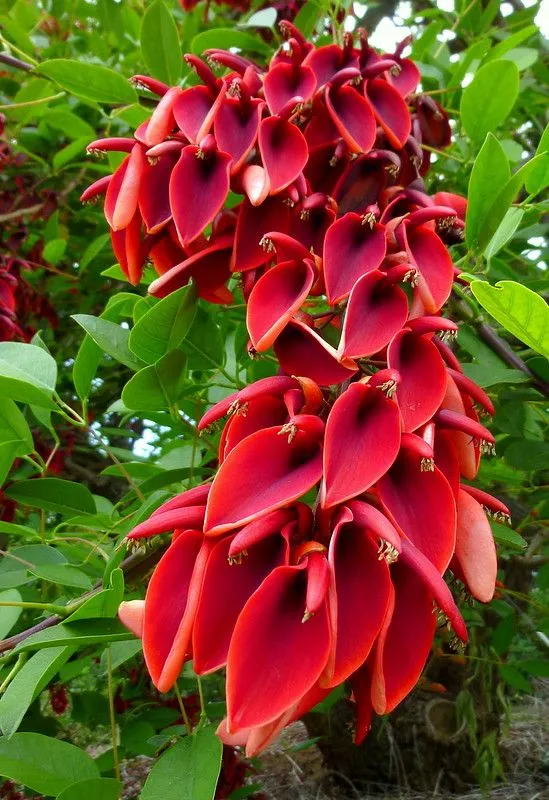

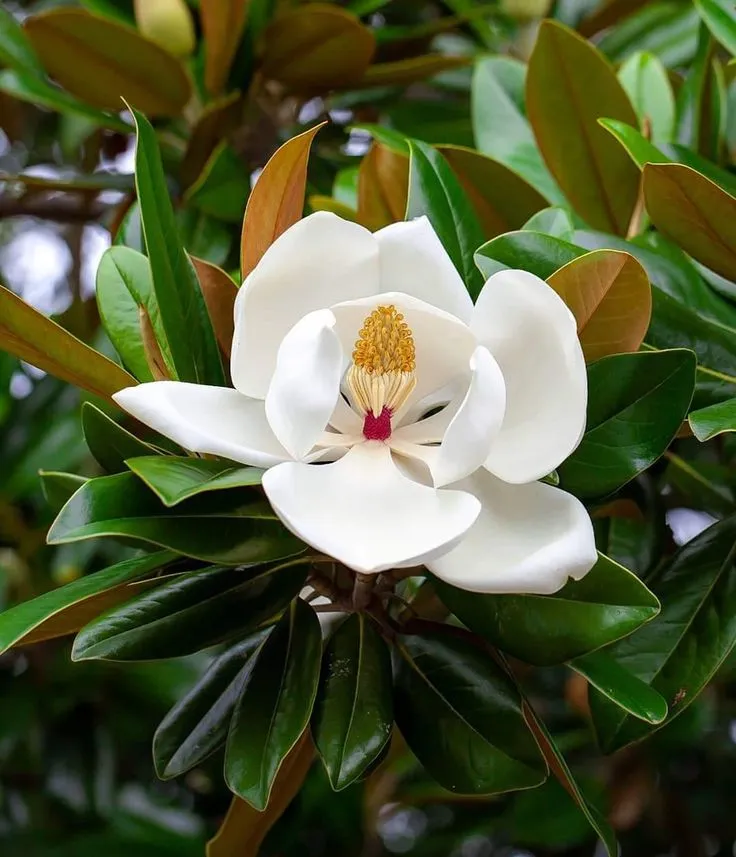




Leave a Reply